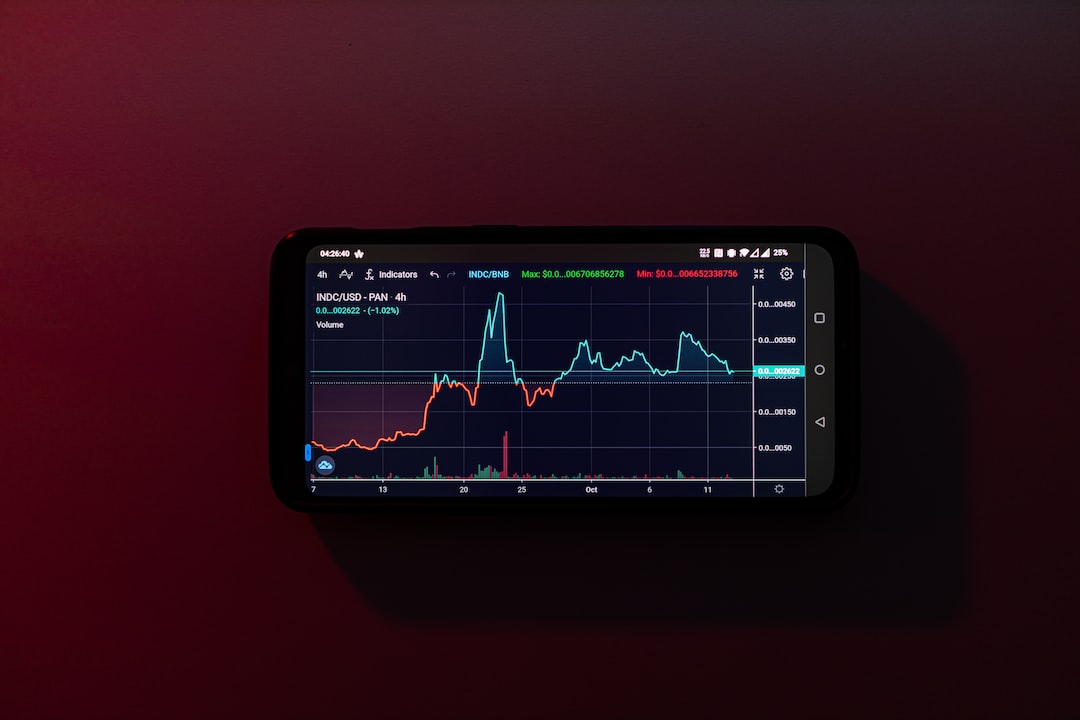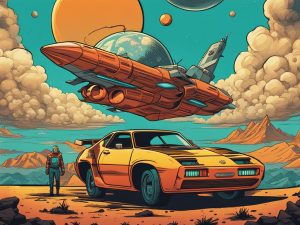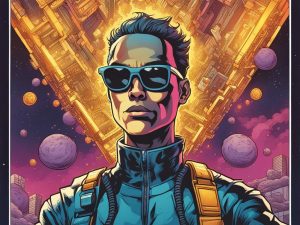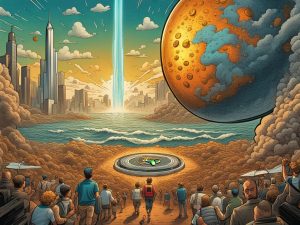Nvidia’s Eureka AI Teaches Robots Complex Skills
Nvidia researchers have made a significant advancement in robotic dexterity with the help of Eureka, an AI agent capable of teaching robots complex skills, such as pen-spinning tricks, as proficiently as humans. This breakthrough technique utilizes generative AI to autonomously create advanced reward algorithms that enable robots to learn through trial-and-error reinforcement learning. According to a recent paper, this approach has been over 50% more effective than programs authored by humans.
Expanding the Capabilities of Eureka
Eureka has successfully taught various robots tasks like opening drawers, using scissors, catching balls, and nearly 30 other tasks. Nvidia’s official blog post highlights the company’s pioneering work in steering AI with language models. They recently open-sourced SteerLM, which aligns AI assistants to be more helpful by training them on human feedback.
SteerLM: Improving AI Assistant Alignment
Similar to Eureka, SteerLM leverages advancements in language models but focuses on improving the alignment of AI assistants. By training them through practice conversations and providing feedback on attributes like helpfulness and humor, SteerLM tailors responses to a user’s needs.
Innovative Use of Neural Networks
Nvidia pushes boundaries in both hardware and software fronts when it comes to teaching robots or chatbots. For Eureka, combining simulation technologies from Isaac Gym with the pattern-recognition abilities of language models was crucial. Eureka continuously optimizes its own reward algorithms over multiple training runs and even accepts human input for refinement.
The Future of AI and Robotics
Nvidia’s Eureka and SteerLM are not only breaking barriers but also teaching robots and AI the art of finesse and insightful interaction. With every pen spin and witty chat, they are shaping a future where AI not only imitates but also innovates alongside humans.
Hot Take: Advancing Robotic Dexterity with Nvidia’s Eureka
Nvidia’s Eureka AI agent is revolutionizing robotic dexterity by teaching robots complex skills using generative AI and trial-and-error reinforcement learning. The results have shown that Eureka’s approach is over 50% more effective than human-authored programs. Additionally, Nvidia’s open-source project, SteerLM, focuses on improving the alignment of AI assistants through practice conversations and feedback. By combining simulation technologies with language models, Nvidia is at the forefront of pushing the boundaries in both hardware and software for robotics and AI. Eureka and SteerLM are paving the way for a future where AI not only mimics but also innovates alongside humans.





 By
By
 By
By

 By
By
 By
By